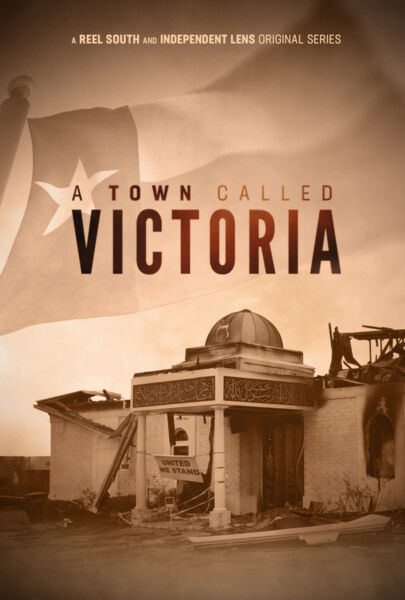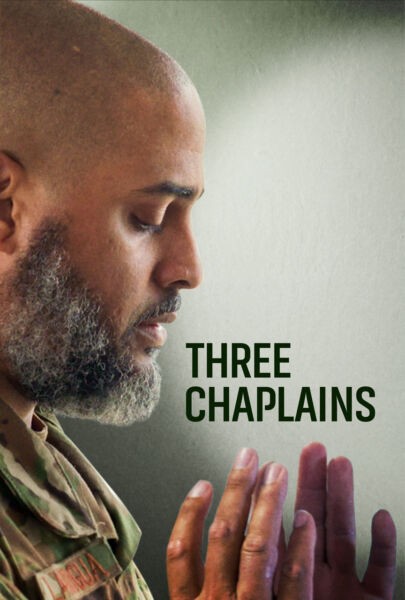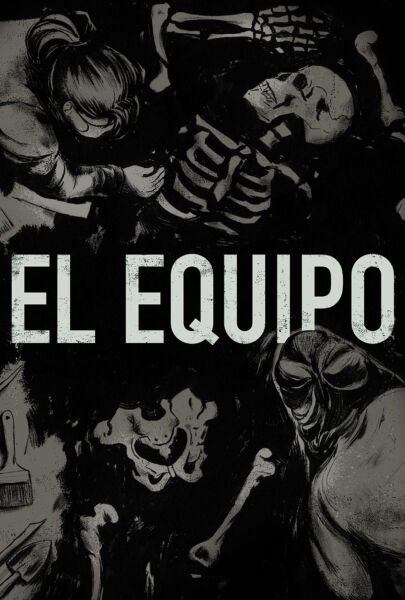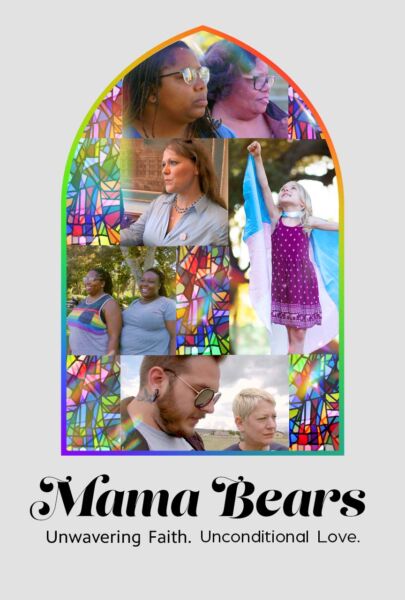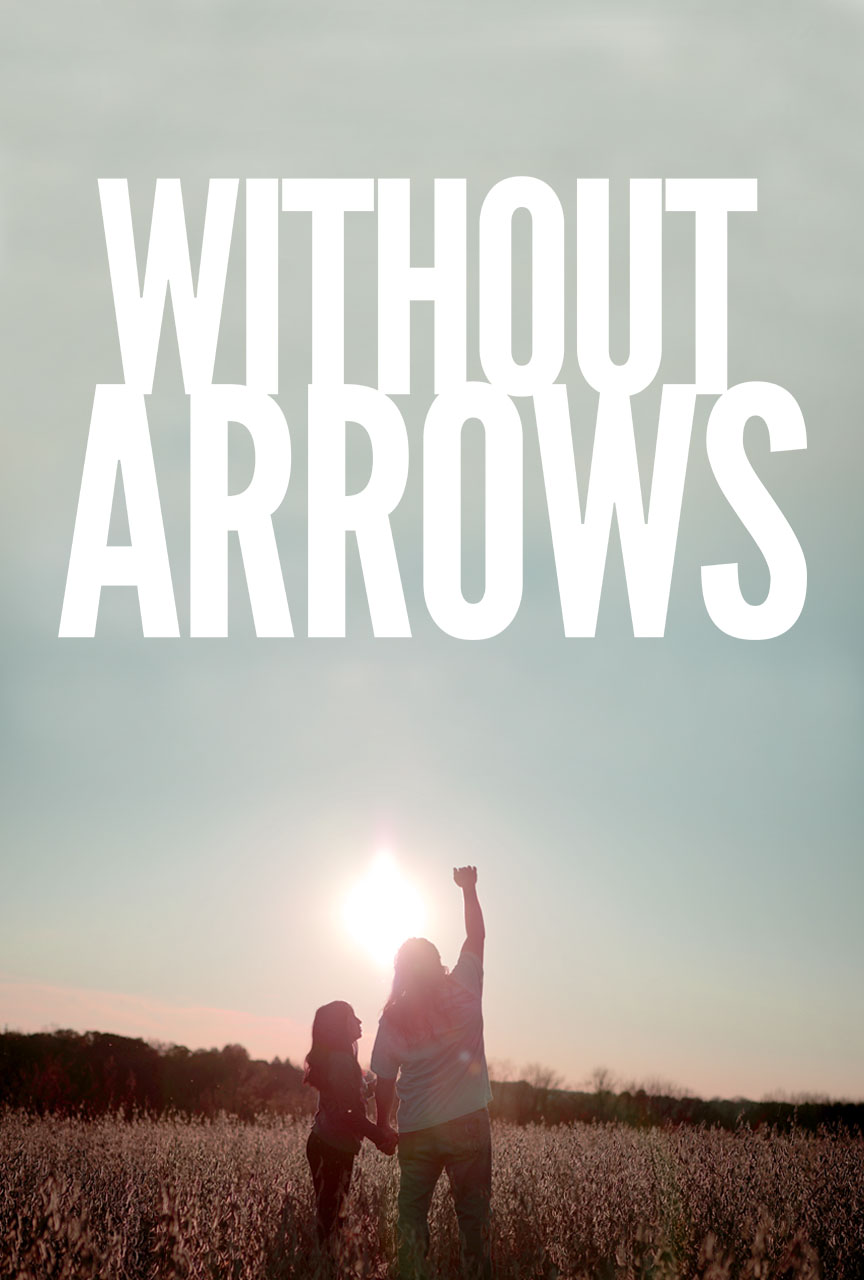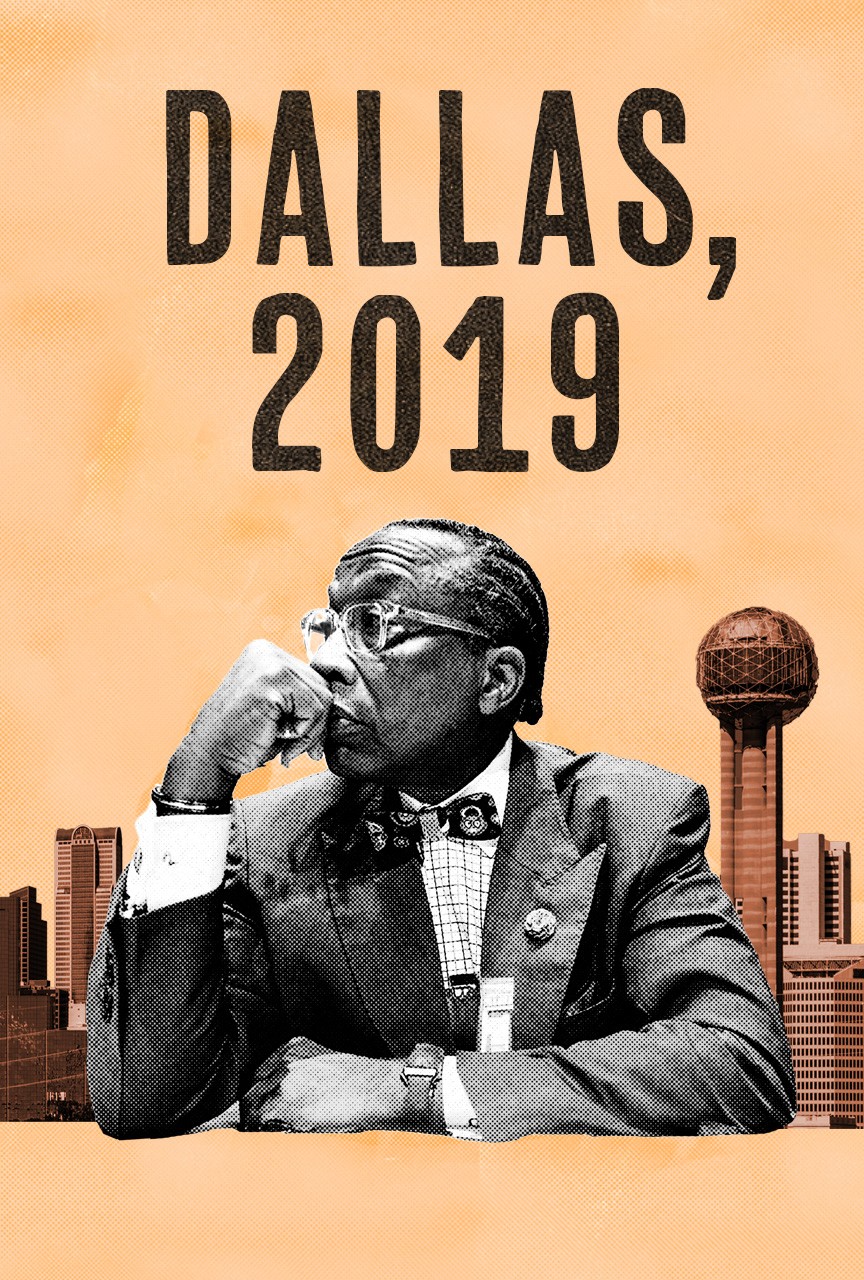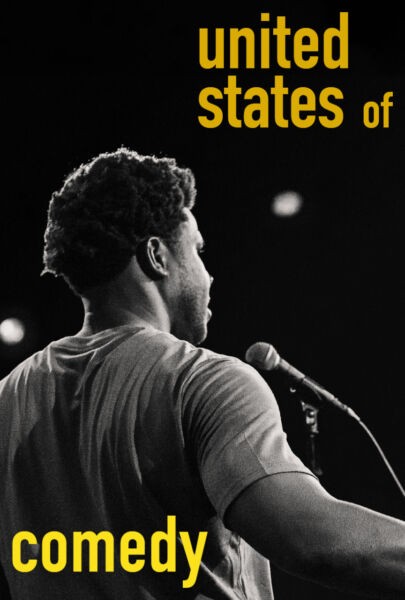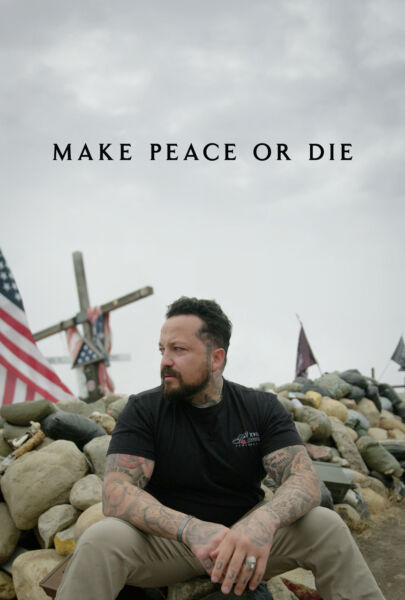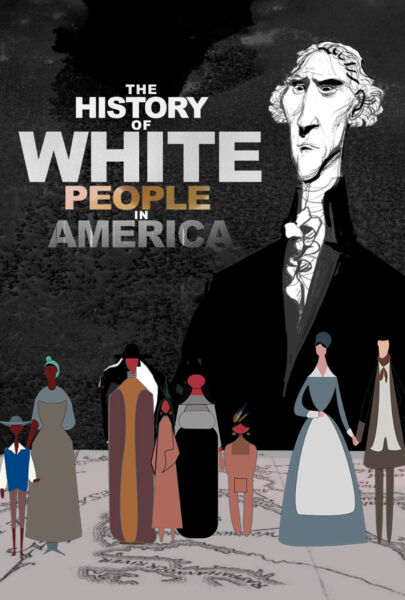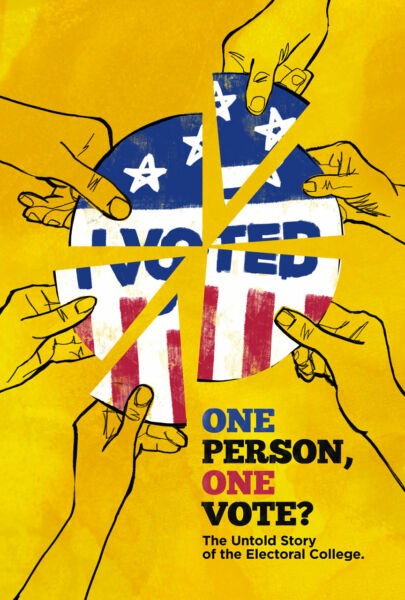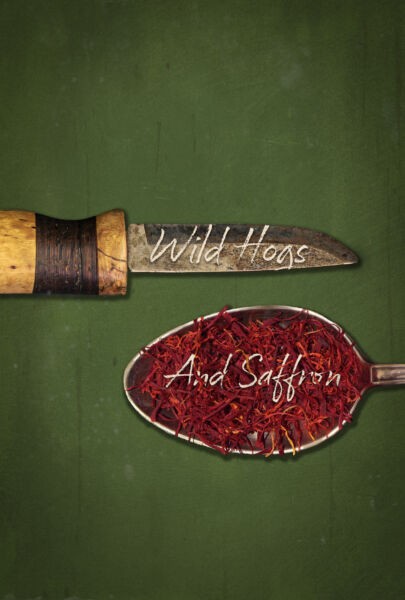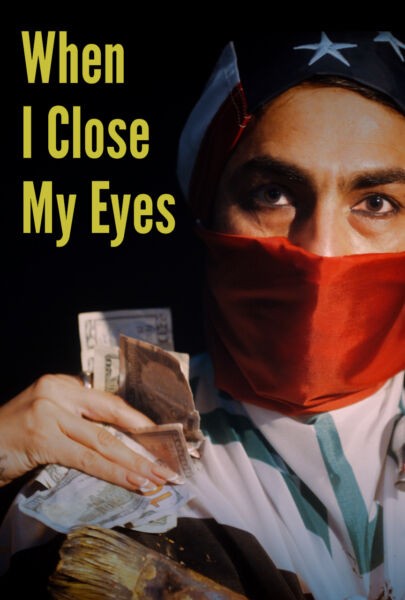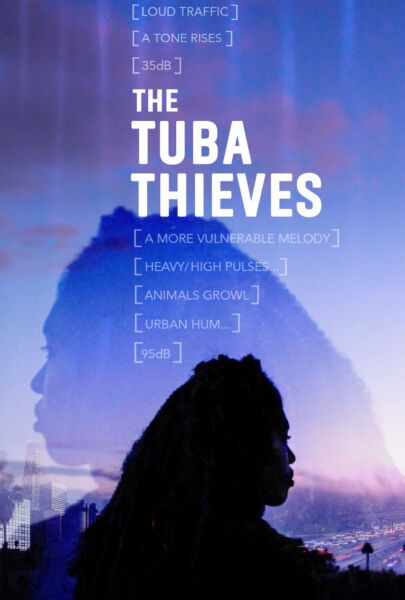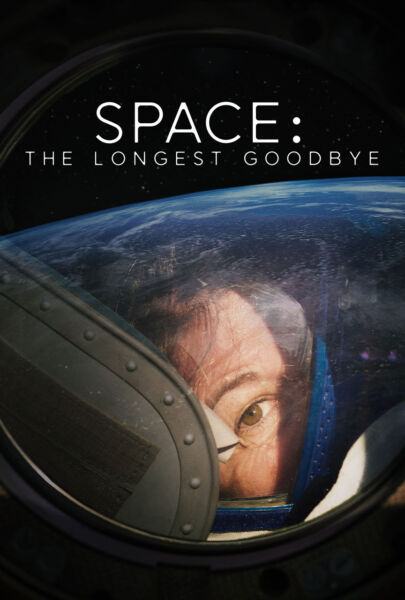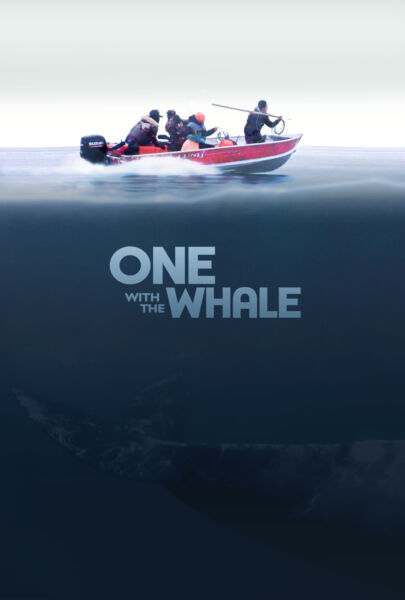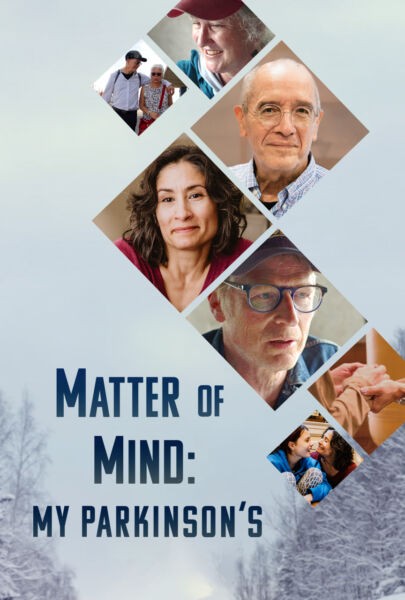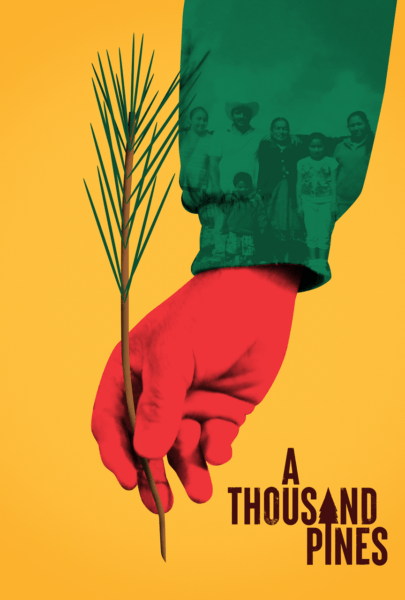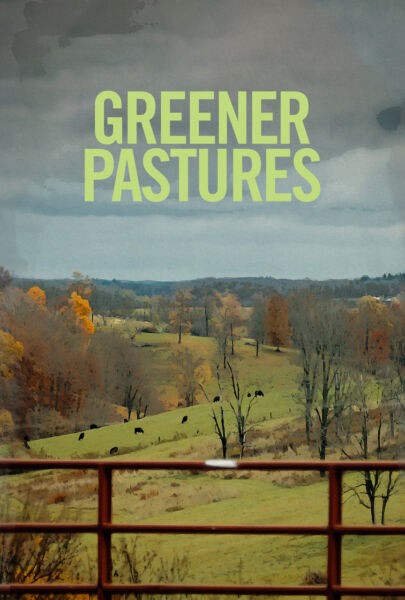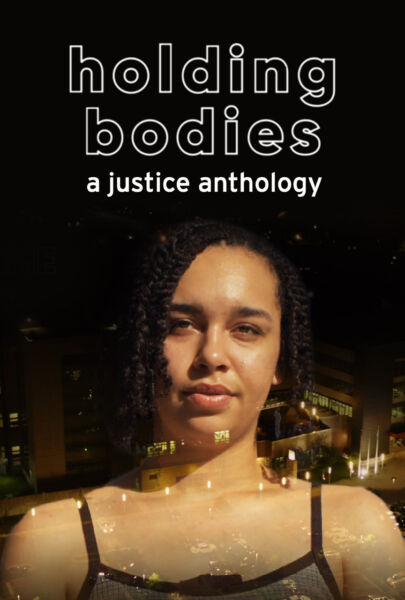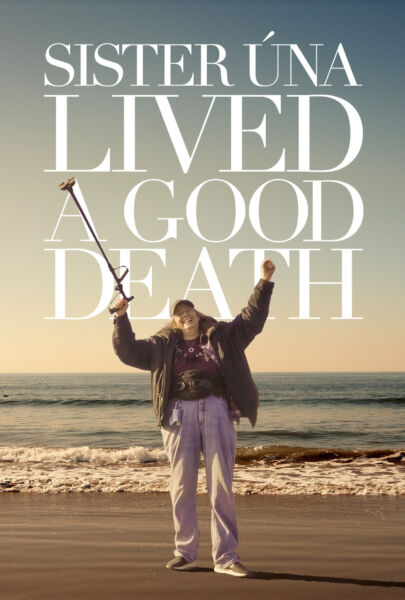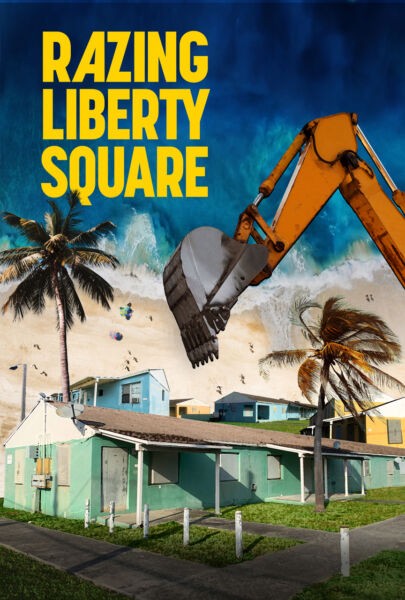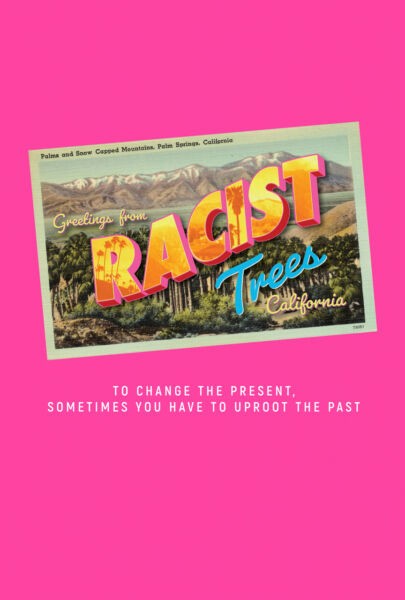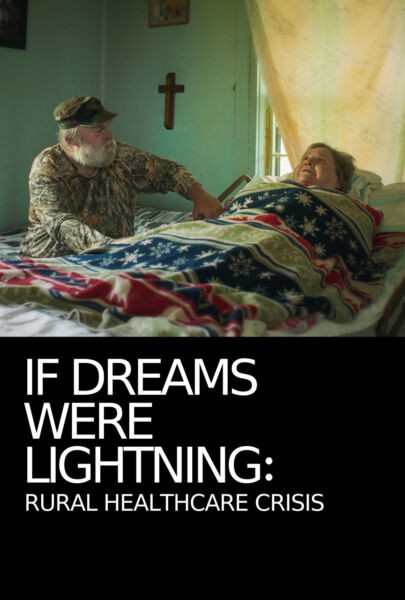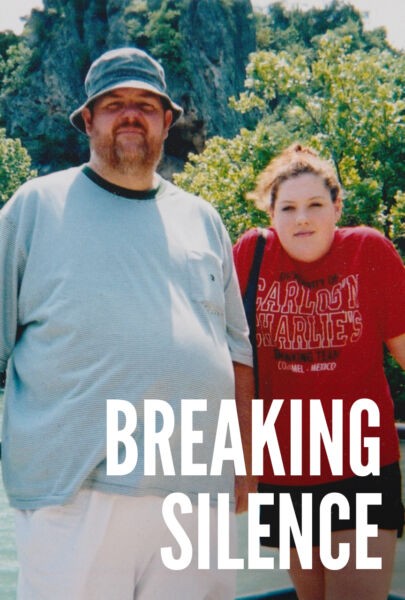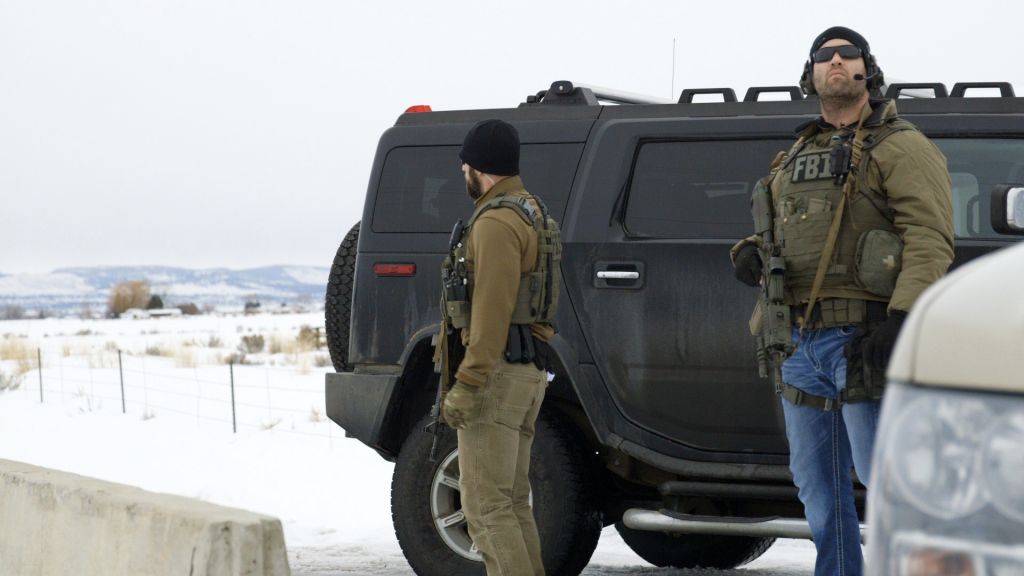
Documentarian David Garrett Byars is making his feature film debut with No Man’s Land, but he’s made short films before. including Recapture, a short documentary chronicling the attempt of right-wing activists to reclaim the federally-managed Recapture Canyon in southern Utah. Clearly that experience informed–and provides a nice segue–to No Man’s Land, which provides a tense fly-on-the-wall account of the 2016 standoff between protesters occupying Oregon’s Malheur National Wildlife Refuge and federal authorities during a 41-day siege, documenting the occupation from inception to demise.
“Byars looks this story in the eye and tells it straight, allowing all parties to have their say, providing clear context for the movement and its ‘anti-federal fury’,”wrote Jason Bailey for Flavorwire.”Byars’s fly-on-the-wall approach also lays bare the macho posturing at play here, and how it ratcheted up the tension in an already heightened situation.”
Byars talked to us about the unusual intense production, how he got the amount of unprecedented access he had, and with some updates on the main players in this real-life, deadly drama.
Why did you want to make a film about the Malheur takeover? And did it come together quickly?
In April of 2014, Cliven Bundy, his family, and his followers famously and successfully rebuked federal agents at gunpoint who were attempting to confiscate the Bundy’s cattle over unpaid federal grazing fees. I was immediately fascinated with the imagery of this standoff and the intensity and certitude of those involved. It was clear to me that this was less about grazing allotments than about competing visions for what America should be.
When I learned that the Bundys were taking their victory on the road to support a federal lands protest in Recapture Canyon (a mere three-hour drive from my home in Colorado), I jumped at the opportunity to attend and document this event.

No Man’s Land director David Byars
At Recapture Canyon, I first met Ryan Bundy and became familiar with the personalities behind this movement. It was at this point that I set out to make a film that explores the intractable divide that characterizes our national discourse via the microcosm of the federal lands acrimony.
A year and a half passed, during which I was researching this movement and reaching out to those within it. When Ammon Bundy (Cliven Bundy’s son) and his followers took over the Malheur National Wildlife Refuge in Oregon in January of 2016, I immediately flew to Burns and began filming. My experience there was that, while there were folks there that were well versed in ranching issues, this was about much more than grazing allotments. The protesters (armed and unarmed) I met there had a vague, but profound sense that the America they held in their minds was in peril.
What sort of impact would you like No Man’s Land to have with viewers? What kind of discourse can Americans have after viewing it?
I would like this film to challenge the perceptions of anyone who sees in their political opponents an enemy rather than a fellow human being.
When I first conceived of this film, many folks assumed that No Man’s Land would be a hit piece lampooning the armed-protesters. But, having grown up in the semi-rural South, I know these people. I grew up surrounded by mistrust of what they call the liberal elite. I also know that their mistrust is not altogether misplaced. In my lifetime, I’ve seen the left/right paradigm grow from a strained, yet respectful discourse, to a gaping divide never to be crossed. And, while I disagree with the Malheur protesters on many fronts, I would not make a film that off-handedly discounts their grievances or paints them as simpletons.

I imagine there were a lot of challenges you faced in making this. Were they logistical, technical, or…?
The biggest challenge I had was in post-production. Namely, I was trying to make a film that neither demonized nor glorified the armed occupation. It might seem like that is a big target to hit, but the nuanced massaging of the film required to hit that sweet spot was considerable.
How did you gain the trust of these people?
I’ll just say the occupiers had an interesting relationship with the media.
What would you have liked to include in your film that didn’t make the cut?
I would have really liked to have done a deep dive the question of public lands – folks back east don’t understand that over 50% of the land area west of the Mississippi is managed by the federal government. To people living in the West, it is obviously a paradigm that affects their daily lives. To some people, public lands represent the long arm of those “Washington elites” reaching into their lives with arrogance and impunity.
To others, public lands represent the pinnacle of American egalitarianism and the last bastion against plutocracy. There is one thing in common with these viewpoints: public lands represent a vast amount of resources, and the question of how these lands are preserved and/or exploited is a central one.
I would have also liked to have done more in-depth on the Hammonds, the ranching family whose incarceration was ostensibly the catalyst for the occupation. However, the more string you pulled from the Hammond saga, the more complex and confusing it became. I don’t think I could justify painting their story in broad strokes. And, while the Bundys and the occupiers certainly cared about the Hammond’s plight, they had their own agenda that went far beyond two ranchers falling victim to the vagaries of the judicial system.
Do you have a favorite scene in No Man’s Land?
I can’t pick a favorite child, but since you ask… I really love the scene where the singing children are intercut with the protest scenes. You really get a sense of how the community was torn on this issue, but you also get a glimpse into how comfortable and justified the occupiers felt in their cause.
What are your favorite or most influential documentaries or feature films?
The King of Kong: A Fistful of Quarters; and Uranium Drive-In.
What film/project(s) are you working on next?
I’m producing a film called Massacre River about Haitian statelessness in the Dominican Republic. It’s in post-production and it is going to be a lovely character-driven film about personal ramifications of xenophobia-driven populist politics. I’m also in pre-production on a feature doc about public lands.
Do you have any updates on the main characters in your film you can share with our audience now?
Jason Patrick was eventually sentenced to 21 months in jail. There was a smattering of other sentences for various actors in the occupation and in Bunkerville. The Bundys have pretty much gotten off scot-free. They were acquitted in Oregon for their actions at the Malheur and there was a mistrial for their actions in Bunkerville. They’ve taken these results as vindication for their cause and continue to illegally graze their cattle on public lands and actively promote their view that the federal government is not allowed to manage land.
More:
https://www.youtube.com/watch?v=Bhk-rcnEtuY
Hear more from OPB: What Led To The Acquittal Of Ammon Bundy And 6 Others? 2 Jurors Explain


